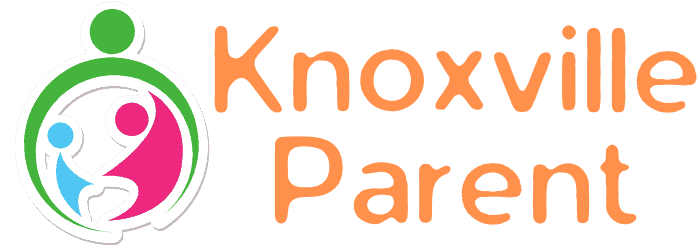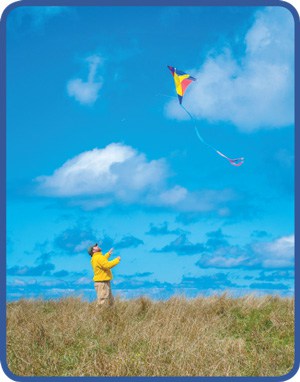By Mike O’Hern, Center Director of Mathnasium of West Knoxville
Photo courtesy Edward Foley Photography
When I think of summer, I think of going to the pool or the lake, playing baseball, riding bicycles, and running about the neighborhood playing games of sport or imagination. But if it’s only these things, next school year will be tougher than it needs to be. You probably have already thought about how to keep your student reading over the summer, but please don’t forget the math! According to the Johns Hopkins University Center for Summer Learning, on average, students lose approximately 2.6 months of grade level equivalency in mathematical computation over the summer months.
Why not add just a little structure to the summer that will help keep your student’s math juices flowing, so that next school year she won’t find that all of that hard work from last year has been lost? If you can’t get involved with a structured math program, however, all is not lost! There are plenty of ways to inject a little math into your student’s summer. Here are a few…
Cliff-jumping
If you can get to the lake where there are cliffs that are safe to jump from, you can do some serious math! If not, maybe go to the top of a building where you can safely drop objects to the ground below. Either way, bring a stopwatch so you can time how long it takes to get to the bottom. You’ll want to do it a number of times so you can take an average, because the times will be short, so you’ll need fractions of a second to make your calculations. Now use the formula, distance = 0.5 x G x time x time (that’s time squared, if you prefer, which is not an intersection in New York City). G is the acceleration of gravity (32.2 ft/s2 or 9.8 meters/s2).
Baseball and Swimming
Baseball is known for going overboard with stats! Follow a team all summer and keep up with wins/losses, batting averages, etc.
Go to the pool. Swim as fast as you can the length of the pool, or see how far you can swim under water each day for a week. Time or measure it each time and take an average. Do this again each week and compare the averages. How much faster or farther did you get? By what percent did you improve? Or you can have a cannonball contest! Estimate how high the splash goes, then determine how much higher the winner’s splash was than someone else.
“Why not add just a little structure to the summer that will help keep your student’s math juices flowing so that next school year she won’t find that all of that hard work from last year has been lost?”
Take a trip
Give your student a budget and see how far she can go with it. Should we drive or fly? (This is a great one, what with your car’s mileage, gallons required for the trip, cost per gallon, etc.) Can we have a longer trip if we buy camping equipment and camp, or if we go to a hotel at Disney or something? (Believe it or not, this introduces algebra, since you can talk about how much less the camping trip would cost each following year since you would then already have the equipment!)
Go fly a kite
How high is it flying? Mark two strings by the foot so you can know how much you’ve let out. On one string attach the “zero end” to the kite, then as you fly you can see how far it is from you to the kite. On the other, your friend grabs the “zero end” and stands directly under the kite, so you can see how far she is from you. Now you can use the Pythagorean Theorem to see how high the kite is! (And if you don’t remember our friend Pythagoras and his work, it’s easy to google!)
All of these – and many more – activities can be modified to meet students at virtually any level, whether elementary or high school. And in addition to keeping up some math skills over the summer, your student may also begin to see that math is not just a subject in school, but an indispensable part of our lives!
 Mike O’Hern, Center Director of Mathnasium of West Knoxville, earned his Bachelor’s Degree in Metallurgical Engineering at the University of Tennessee, Knoxville in 1988. He pursued graduate studies in Materials Science & Engineering while on the Research Staff at Oak Ridge National Laboratory. Mike has had a life-long love of mathematics and teaching, and feels that math is not about learning to be ready for the next math class – it’s about learning to think.
Mike O’Hern, Center Director of Mathnasium of West Knoxville, earned his Bachelor’s Degree in Metallurgical Engineering at the University of Tennessee, Knoxville in 1988. He pursued graduate studies in Materials Science & Engineering while on the Research Staff at Oak Ridge National Laboratory. Mike has had a life-long love of mathematics and teaching, and feels that math is not about learning to be ready for the next math class – it’s about learning to think.
Related posts
Newsletter Subscribe
Newest Posts
Set Up a Parental Control for Online Safety
Have you ever wondered how long your children spend in front of a device without your supervision? Yes, it is…
Adopt A Life, Save A Life
By Jeff Ashin, CEO, Young-Williams Animal Center. Photo by: Young-Williams Animal Center Are you or your child thinking of adding…


